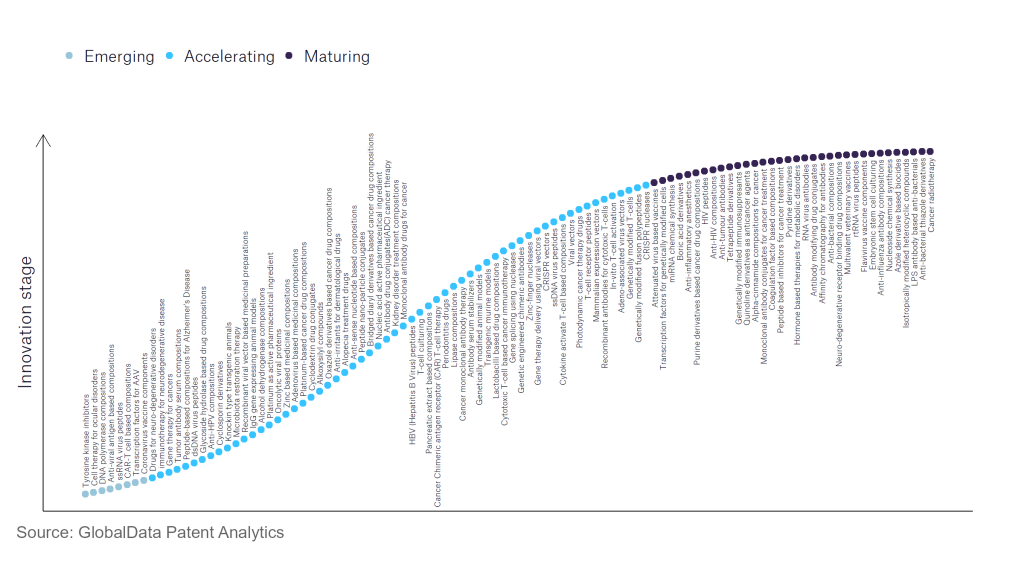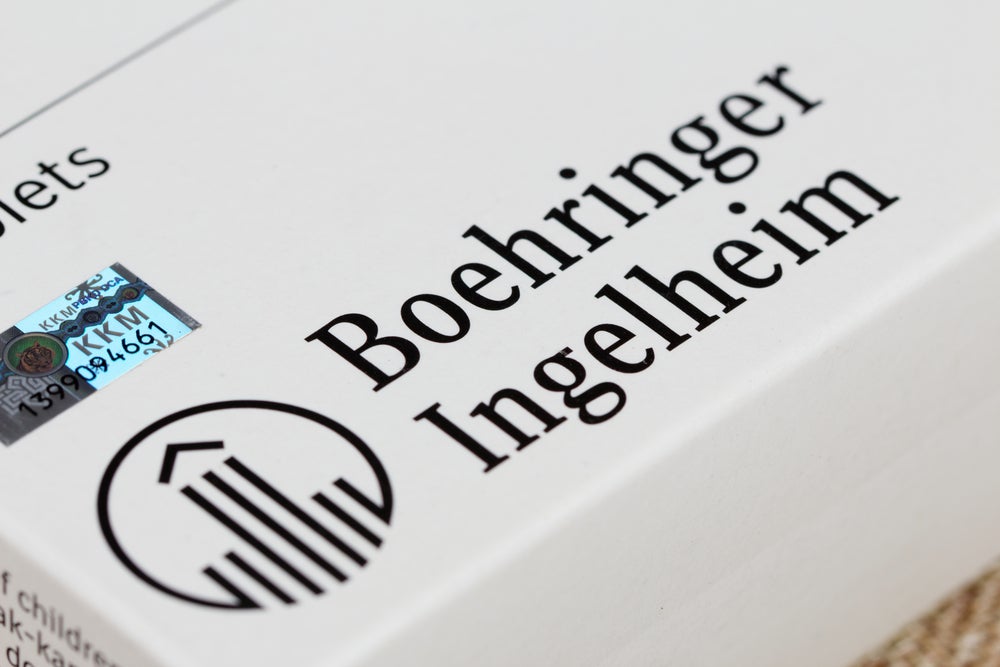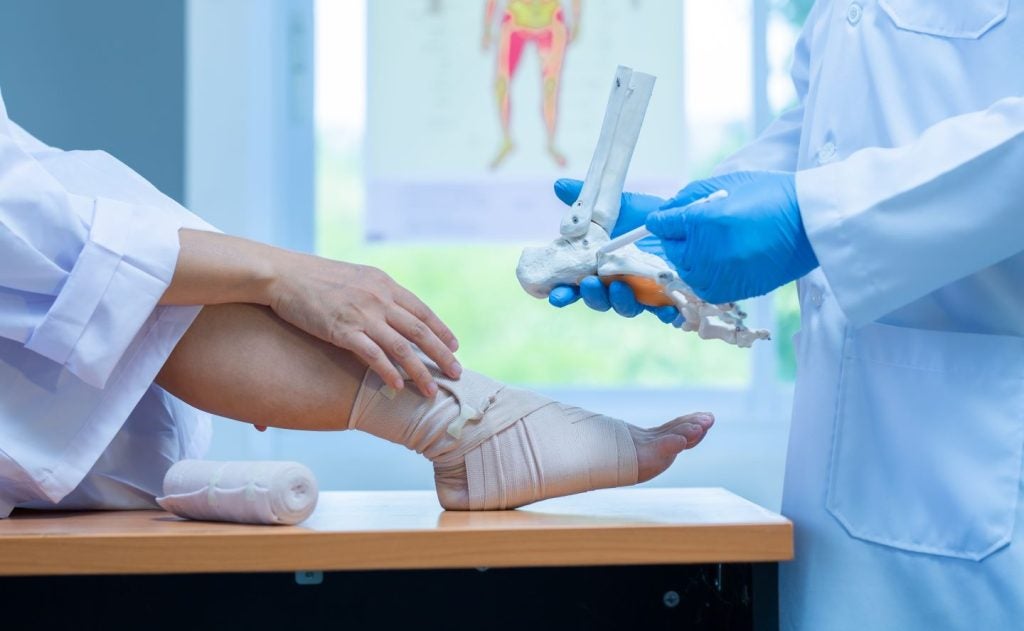The pharmaceutical industry continues to be a hotbed of innovation, with activity driven by the evolution of new treatment paradigms, and the gravity of unmet needs, as well as the growing importance of technologies such as pharmacogenomics, digital therapeutics, and artificial intelligence. In the last three years alone, there have been over 633,000 patents filed and granted in the pharmaceutical industry, according to GlobalData’s report on Innovation in Pharmaceuticals: Isotropically modified heterocyclic compounds. Buy the report here.
However, not all innovations are equal and nor do they follow a constant upward trend. Instead, their evolution takes the form of an S-shaped curve that reflects their typical lifecycle from early emergence to accelerating adoption, before finally stabilising and reaching maturity.
Identifying where a particular innovation is on this journey, especially those that are in the emerging and accelerating stages, is essential for understanding their current level of adoption and the likely future trajectory and impact they will have.
110 innovations will shape the pharmaceutical industry
According to GlobalData’s Technology Foresights, which plots the S-curve for the pharmaceutical industry using innovation intensity models built on over 756,000 patents, there are 110 innovation areas that will shape the future of the industry.
Within the emerging innovation stage, cell therapy for ocular disorders, coronavirus vaccine components, and DNA polymerase compositions are disruptive technologies that are in the early stages of application and should be tracked closely. Adeno-associated virus vectors, alcohol dehydrogenase compositions, and antibody serum stabilisers are some of the accelerating innovation areas, where adoption has been steadily increasing. Among maturing innovation areas are anti-influenza antibody compositions and anti-interleukin 1, which are now well established in the industry.
Innovation S-curve for the pharmaceutical industry

Isotropically modified heterocyclic compounds is a key innovation area in pharmaceutical
Heterocyclic compounds are the class of cyclic organic compounds having at least one hetero atom (other than carbon) in the cyclic ring system. The most common heteroatoms are nitrogen (N), oxygen (O) and sulphur (S). Alkaloids, natural dyes, drugs, proteins, and enzymes are some of the important classes of natural heterocyclic compounds essential for human life.
GlobalData’s analysis also uncovers the companies at the forefront of each innovation area and assesses the potential reach and impact of their patenting activity across different applications and geographies. According to GlobalData, there are 150+ companies, spanning technology vendors, established pharmaceutical companies, and up-and-coming start-ups engaged in the development and application of isotropically modified heterocyclic compounds.
Key players in isotropically modified heterocyclic compounds – a disruptive innovation in the pharmaceutical industry
Bristol-Myers Squibb Co (BMS) is a specialty biopharmaceutical company that is engaged in discovery, development, licensing and manufacturing, marketing, distribution and sale of medicines and related medical products to patients with serious diseases. Its primary focus is on cancer, cardiovascular, immunology and fibrotic therapeutic projects. The company filed heterocyclic composition patents in areas such as PAD4 inhibitors, factor Xa inhibitors, and nuclear hormone receptor modulators.
In terms of application diversity, Ardelyx is the top company, followed by Enanta Pharmaceuticals and Kubota Pharmaceutical. In terms of geographic reach, Bayer holds the top position, while Kangpu Biopharmaceuticals and German Cancer Research Center are in the second and third positions, respectively.
‘Application diversity’ measures the number of different applications identified for each relevant patent and broadly splits companies into either ‘niche’ or ‘diversified’ innovators.
‘Geographic reach’ refers to the number of different countries each relevant patent is registered in and reflects the breadth of geographic application intended, ranging from ‘global’ to ‘local’.
To further understand the key themes and technologies disrupting the pharmaceutical industry, access GlobalData’s latest thematic research report on Pharmaceutical.
Premium Insights
From

The gold standard of business intelligence.
Blending expert knowledge with cutting-edge technology, GlobalData’s unrivalled proprietary data will enable you to decode what’s happening in your market. You can make better informed decisions and gain a future-proof advantage over your competitors.







